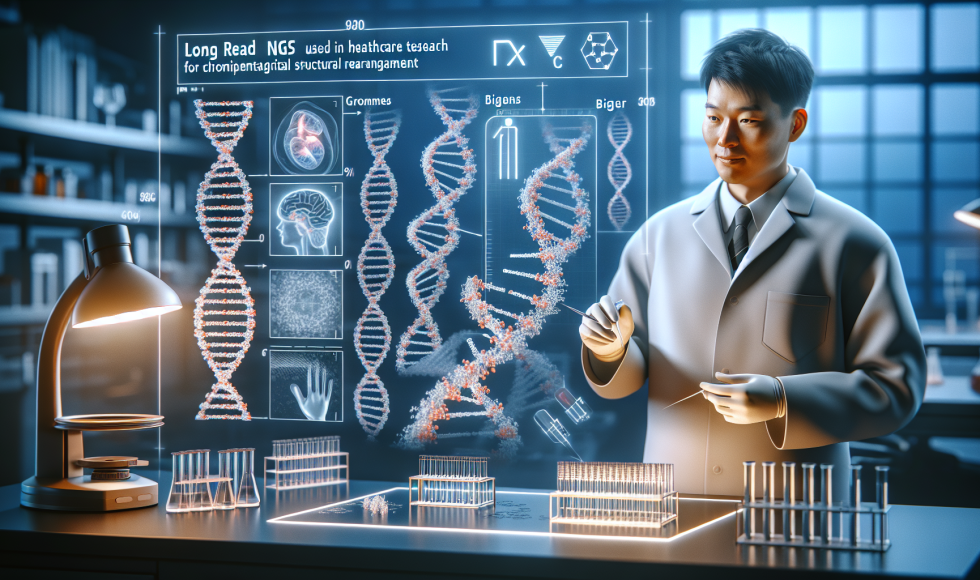Tonight, I watched the London Calling EPI2ME product demo: “EPI2ME: democratising bioinformatics—from point-and-click analysis to custom integrations.” Natalia Garcia, a Bioinformatics Workflow Developer with Oxford Nanopore Technologies, explained how workflows use Nextflow and Docker containers. Seventeen workflows were available at the time of the recording during London Calling. Workflows can be run via the command […]
Tonight, I watched the London Calling 2024 session on “breaking boundaries in neurodegenerative disease research.” Cora Vacher from Oxford Nanopore Technologies (ONT) introduced the speakers and facilitated the question and answer session. Joanne Trinh from the Institute of Neurogenetics at the University of Lubeck in Germany was the first presenter. Trinh works with a research […]
The Org. One program is fascinating. I would love to be involved. Tonight, I watched the London Calling 2024 session titled “Org.one to 10.” Kara Dicks, Program Manager at Conservation Genomics with Org.one, spoke about the biodiversity crisis. The Org.one program supports local sequencing. The program has supported over ninety projects. Participants receive kits and […]
The studio interviews at London Calling 2024 I watched tonight focused on clinical and translational applications. Zoe McDougall asked the three interviewees about the highlights of the updates talk. Ewan Birney director of EMBL-EBI in the UK spoke about the quality updates. Justin O’Sullivan from Liggins Institute at the University of Auckland in New Zealand […]
The London Calling 2024 virtual platform is no longer available! So, tonight, I started watching the available YouTube playlists. The first consists of studio interviews. I watched the “LC24 Studio: Understanding Structural Variation, Population Genomics” session. Zoe McDougall interviewed presenters. Belen de la Morena from the University of Murcia in Spain spoke about their interest […]
Mrinalini Watsa from the San Diego Zoo Wildlife Alliance presented at London Calling 2024 a session titled “Into the unknown: portable sequencing empowers global conservation genomics.” I believe Watsa presented at a previous London Calling. They spoke about biodiversity loss and how we likely don’t know the true diversity. Watsa presented examples of amphibian genomic […]
Dan Turner from Oxford Nanopore Technologies presented at London Calling 2019 on “The real Simon Pure.” I was intrigued by the title and wanted to learn more. Turner is part of the ONT Applications Team and explained the different groups represented, including the VolTRAX2 team. The real Simon Pure title, Turner explained, is from a […]
Saili Johri from San Diego State University presented at London Calling 2019 on “Unraveling shark secrets: sequencing genomes and microbiomes for research and conservation.” Johri explained how they are using the MinION to conserve sharks and rays. They emphasized how sharks are apex predators important for oceanic ecosystems and maintaining coral reefs. Sharks make direct […]
Chris T.L. Chan from the Hong Kong Sanitorium & Hospital in China spoke at London Calling 2019 on “Long-read NGS guided preimplantation genetic testing for chromosomal structural rearrangement.” Chan presented a clinical scenario. They explained that short-read sequencing allowed the analysis of copy number variation from blood samples. Loss of copy can be identified with […]
Tonight, I watched Kimmo Palin from the University of Helsinki present at London Calling 2019 on “Retrotransposon variation in human genome and tumorigenesis.” They began by discussing retrotransposons and describing them as “copy-paste elements” in the genome that copy themselves with an RNA intermediate. They range in size between 300 bp and 6,000 bp. LINE1 […]










